
Rømø's Coastal WWII Bunkers in Tvismark Plantage
Discover Rømø’s atmospheric WWII bunkers in Tvismark Plantage, where windswept dunes meet haunting wartime history on Denmark’s rugged Wadden Sea island.
Hidden among the dunes and pines of Rømø’s windswept western shore, you’ll find a striking cluster of WWII German bunkers. Part of the Atlantic Wall, these robust structures are a somber reminder of Denmark’s wartime past, now quietly reclaimed by sand and coastal flora. Visitors explore exposed gun emplacements and weathered concrete shells, witnessing how nature and history now intertwine in this unique, open-air heritage site.
A brief summary to Bunker
- Vesterhavsvej, Rømø, 6792, DK
Local tips
- Visit in the late afternoon for striking sunlight and fewer crowds—the shadows play beautifully across the bunkers and dunes.
- Bring sturdy shoes as dune paths can be sandy, uneven, and sometimes muddy after rain.
- Photography enthusiasts should explore various angles—the harsh concrete and surrounding scenery create dramatic compositions year-round.
- Watch for wildlife: rabbits, deer, and local birds are common around the plantation.
Getting There
-
Walking
From the heart of Rømø’s main village area, a gentle walk heading west leads toward the island’s wide sandy landscapes and Tvismark Plantage. As you approach, the silhouettes of bunkers become visible atop the low dunes, flanked by tall pine trees. The experience is tranquil, with the sound of wind and seabirds guiding you as much as any signpost. Depending on your starting point, the walk may take 15–25 minutes along scenic pathways. There is no admission or entrance charge.
-
Car
Those arriving by car can follow the main route across the island toward the western coast, where parking is available near the forest edge beside the plantation. The bunkers are easily accessed by a short stroll from the parking area, and parking is typically free, though spaces may fill up quickly in high season.
-
Taxi
Taxis from the ferry terminal or main village take around 5–10 minutes to reach the edge of the plantation. Expect fares of 80–120 DKK depending on distance and time of day.
-
Bicycle
Cycling across Rømø is a popular choice given the island’s flat terrain. From the central villages, scenic coastal cycle paths lead directly toward Tvismark Plantage. The journey typically takes 10–20 minutes. Bike rentals are available from several shops for about 100–150 DKK per day.
Discover more about Bunker
Iconic landmarks you can’t miss
Bunker
0.0 km
Discover Rømø’s atmospheric WWII bunkers in Tvismark Plantage, where windswept dunes meet haunting wartime history on Denmark’s rugged Wadden Sea island.

Bunker und Bunkertour Römö
0.1 km
Explore Rømø's WWII bunkers in Tvismark Plantation for a unique historical adventure.
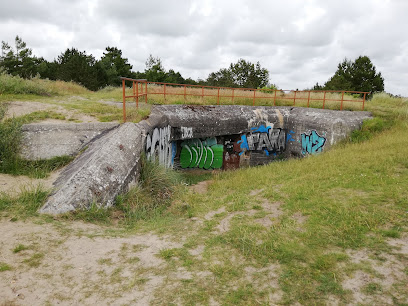
Lakolk
2.6 km
Vast sandy expanse on Rømø's western coast, offering iconic drive-on beach access, dramatic dune landscapes, kite-friendly winds, and authentic Danish seaside energy.
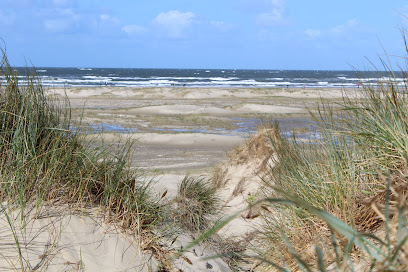
Famous Rømø Beach
3.3 km
Explore the breathtaking expanse of Famous Rømø Beach—Denmark’s largest sandy beach and a haven for outdoor fun, scenic drives, and tidal wonders.
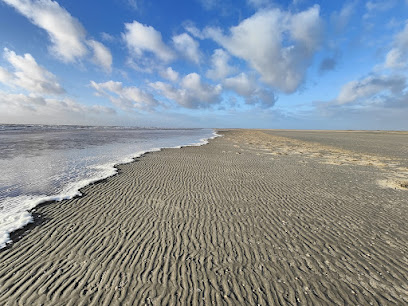
Gamle Redningsstation
4.5 km
Experience Rømø’s maritime past at the historic Gamle Redningsstation, a lifeboat station that has watched over generations of sailors off Denmark’s rugged west coast.
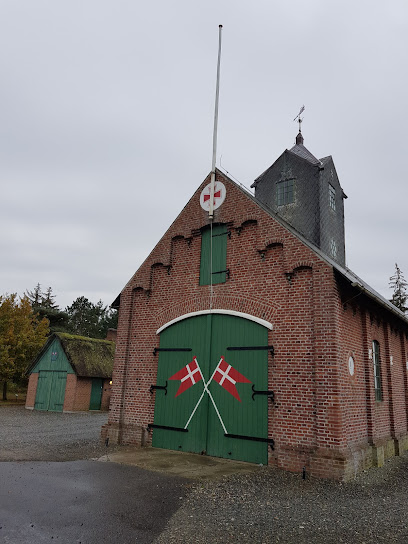
Rømø Lege- & Labyrintpark
6.9 km
Discover a world of family fun at Rømø Lege- & Labyrintpark: mazes, games, and outdoor adventures await on the beautiful island of Rømø, creating unforgettable memories for all ages.
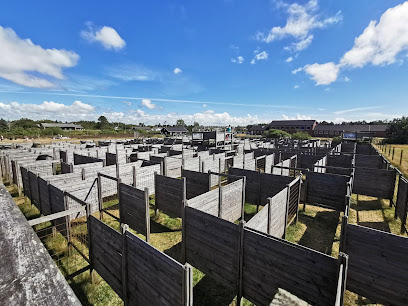
Rømø Sønderstrand
7.9 km
Expansive sandy horizons, wind-powered thrills, and unforgettable sunsets await on Rømø’s famed Sønderstrand—a North Sea playground for adventurers and dreamers.
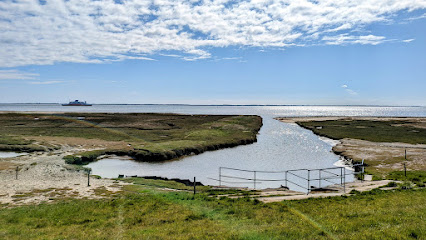
Sønderstrand Rømø
8.7 km
Experience the boundless freedom of Sønderstrand, Rømø: Europe's widest beach, where wind sports, nature, and unique coastal landscapes converge for an unforgettable escape.
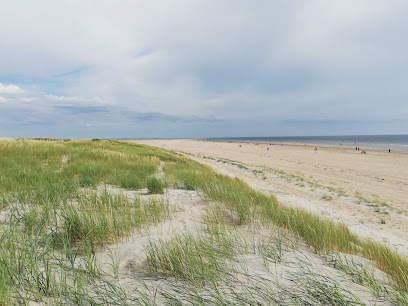
Rømø-Sylt Linie GmbH & Co. KG
16.0 km
Experience the stunning Rømø-Sylt Ferry journey, connecting two beautiful islands with breathtaking views of the North Sea.
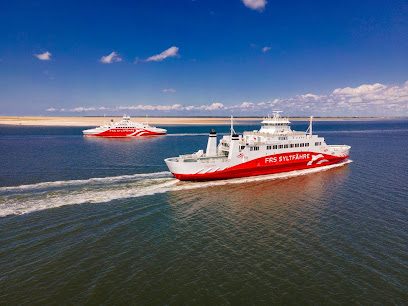
Æ Kåver
22.2 km
Historic coastal monument on Fanø, celebrating the island’s maritime past and offering panoramic island views—an unmissable stop for heritage and scenery lovers.
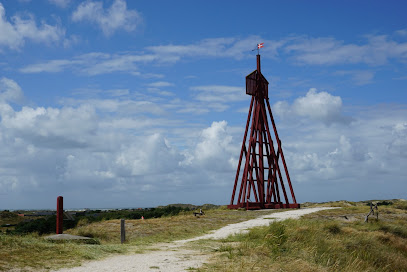
Hannes Hus
22.3 km
Experience authentic 19th-century island life at Hannes Hus, a perfectly preserved seafarer’s home and local heritage museum in the heart of Sønderho, Fanø.
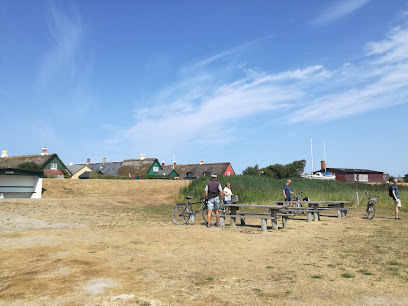
Fanø Free Folk Festival
22.4 km
Experience the fusion of traditional and experimental folk music in the historic village of Sønderho on Fanø Island.
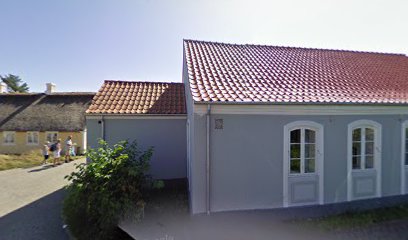
Sønderho Church
22.5 km
A historic 18th-century Lutheran church in Sønderho, renowned for its maritime heritage, delicate model ships, striking altar, and tranquil island atmosphere.
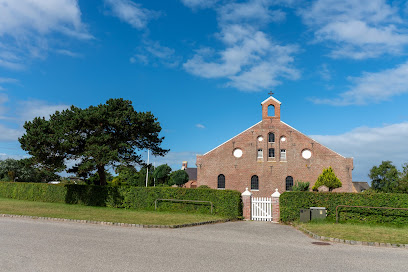
Kammerslusen Ribe
22.9 km
Discover Copenhagen's Black Diamond: A fusion of modern architecture and cultural heritage on the waterfront.

Højer Sluse
23.6 km
Discover the historic Højer Sluse, a gateway to the Wadden Sea National Park, offering insights into coastal defense and the region's unique natural beauty.
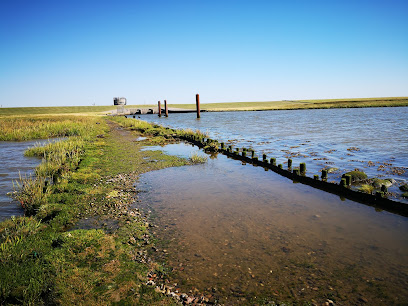
Unmissable attractions to see
Mammutbunkeren
0.2 km
Spidsbjerg on Rømø is a windswept dune ridge, offering wild coastal hiking, berry foraging, and panoramic views among shifting sands and tranquil heathlands.
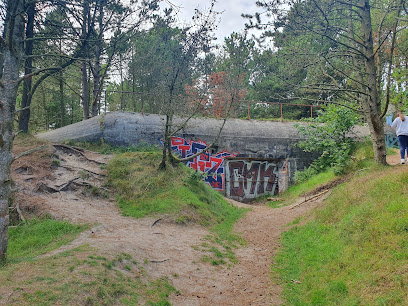
Garagebunker
0.3 km
Discover Spidsbjerg, Rømø’s northern dune highpoint—famed for its wild landscapes, blueberry patches, and sweeping North Sea views within Wadden Sea National Park.

Naturcenter Tønnisgård
1.3 km
Tinghule is a legendary hollow in Mols Bjerge National Park, renowned for its ancient assembly history, serene ambiance, and immersive natural beauty.
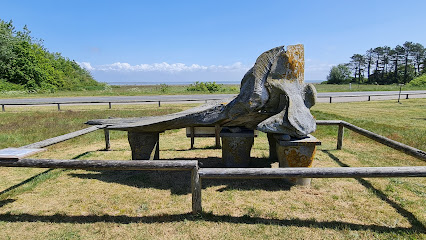
Rømø
1.7 km
Discover the maritime heart of Denmark at Marstal Søfartsmuseum, where 250 years of shipbuilding and seafaring history come alive in atmospheric Marstal, Ærø.
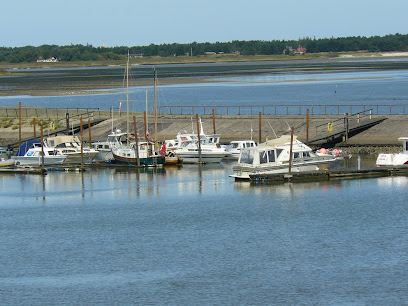
Nationalmuseets Kommandørgård
2.3 km
Step into the world of 18th-century whaling captains at Rømø’s Kommandørgård—a living museum of maritime life, tradition, and North Sea heritage.
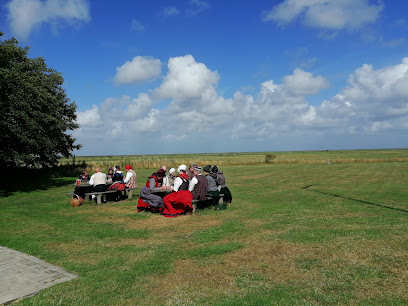
Rømø Dragefestival
3.0 km
Discover sweeping dune views, heather-clad heath, and wild berry landscapes at Spidsbjerg, a tranquil natural vantage on Rømø’s untamed western edge.
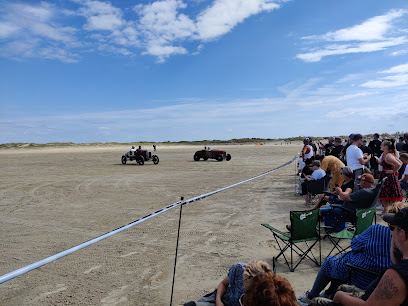
Hvalkæbehegn ved Hvalfangergården
3.1 km
Step inside the opulent world of an 18th-century Rømø whaling captain at the Commander's Farm, a National Museum showpiece blending culture, sea, and history.
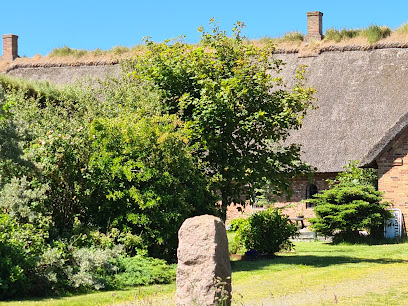
Havegærde Af Hvalunderkæber
3.2 km
Spidsbjerg is Rømø’s windswept moorland high point, offering panoramic views, seasonal berry picking, and tranquil Nordic heath walks among wild landscapes.

Lakolk strand
3.7 km
Experience the vibrant beauty of Læsø's Rhododendronstien, a trail adorned with over a thousand blooming rhododendrons amidst rich cultural landmarks.
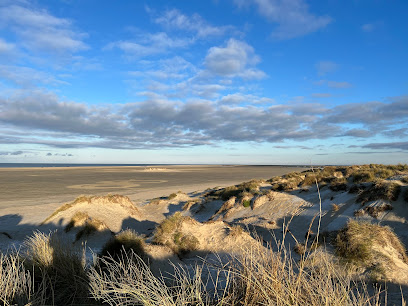
Turbåden Mandøpigen
3.7 km
Gather around the bonfire at Bålpladsen on Rømø, a unique coastal site for outdoor cooking, storytelling, and Danish hygge with a view of untamed dunes.
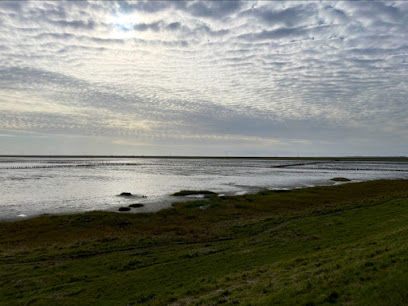
Spidsbjerg Rømø
3.8 km
Explore Spidsbjerg on Rømø—a wild dune landscape of windswept heather, rare berries, migratory birds, and sweeping North Sea vistas, steeped in rugged Danish nature.
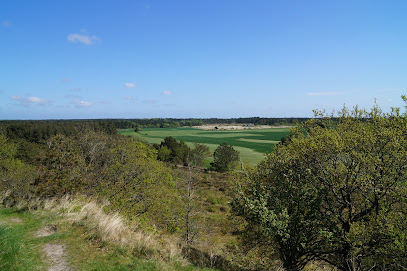
Rømø shooting area
4.1 km
Wild dunes and heathland scenery meet the North Sea at Spidsbjerg Rømø, an unspoiled escape for hikers, birdwatchers, berry-pickers, and seekers of solitude.
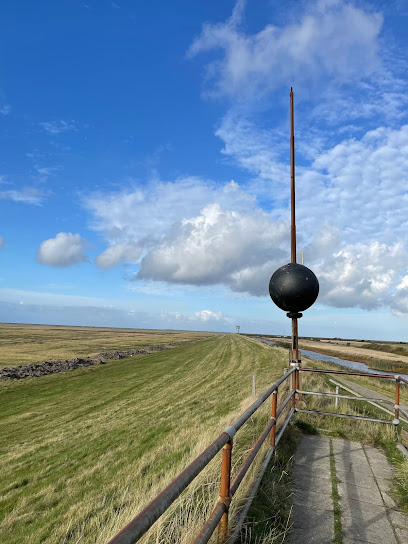
Juvre Sand
4.1 km
Experience Copenhagen's urban beach oasis at Svanemølle Beach, offering family-friendly waters and stunning Øresund views.
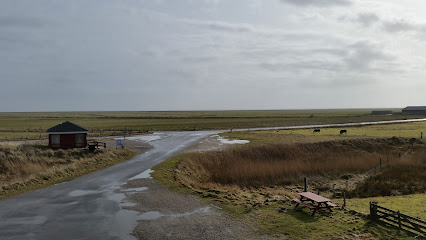
Rømø Church
4.2 km
Vast heather-covered dunes, wild berry foraging, and secluded coastal views await in Spidsbjerg—Rømø’s untouched slice of windswept North Sea wilderness.
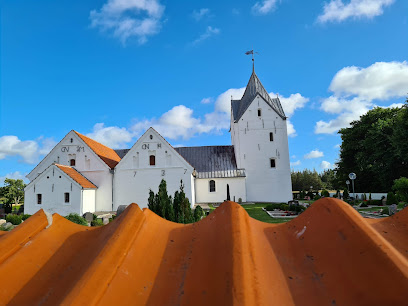
Rømø Lokalmuseum
4.4 km
Discover Spidsbjerg on Rømø—a wild expanse of dunes and heathland, perfect for panoramic hikes, berry-picking, and experiencing Denmark’s rugged coastal nature.
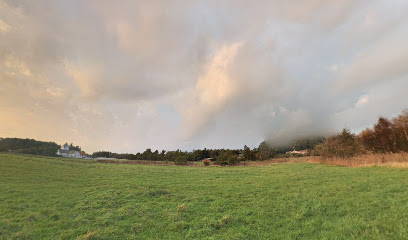
Essential places to dine
Café Fru Dax
2.3 km
Indulge in Denmark’s most legendary ice cream at Café Fru Dax, Rømø’s colorful beachside café, blending retro charm, creative treats, and local hospitality.
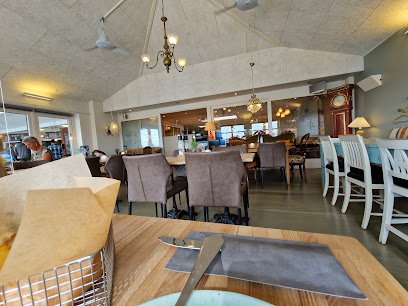
Café Hr. Dax
2.4 km
A lively, family-friendly café at the edge of Rømø’s famed sandy beaches, serving classic Danish fare, local specialties, and sweet treats in coastal comfort.
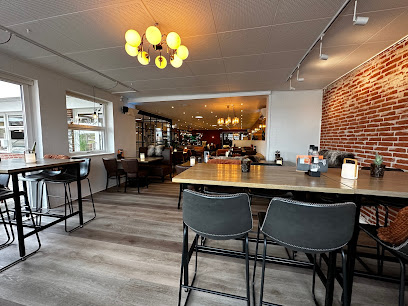
Rømø Pizza & Pasta Restaurant
2.4 km
Discover delicious Italian cuisine at Rømø Pizza & Pasta Restaurant - a culinary delight on Denmark's stunning Rømø Island.
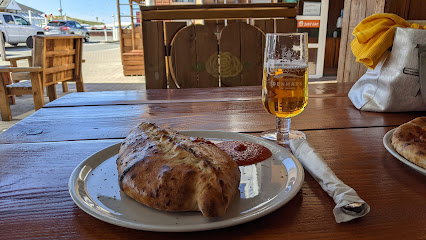
Roland Imbiss
2.4 km
Experience delicious takeout delights at Roland Imbiss in Rømø - where local flavors meet beachside charm!
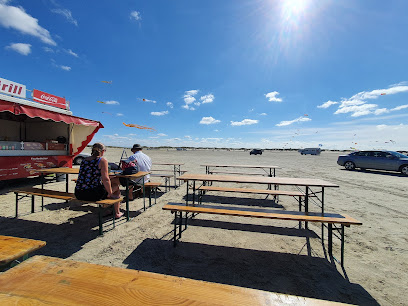
MEGA GRILL
7.1 km
Popular Danish grill restaurant in Havneby, Rømø, serving classic burgers, fries, and sausages in a laid-back, family-friendly setting near the island’s main attractions.
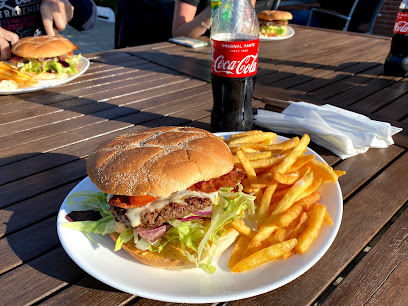
Rømø Pandekagehus
7.3 km
Experience the unique flavors of Denmark at Rømø Pandekagehus - home of delicious pancakes in a cozy setting.

Ristorante Europa Rømø
7.3 km
Experience authentic Italian cuisine at Ristorante Europa Rømø - where delicious pizzas meet Danish charm.
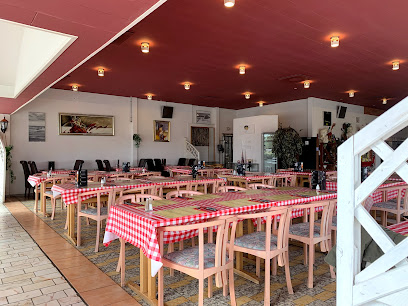
HAVNEBY KRO RESTAURANT
7.3 km
Discover the flavors of Denmark at Havneby Kro Restaurant - where fresh seafood meets warm hospitality in Rømø.
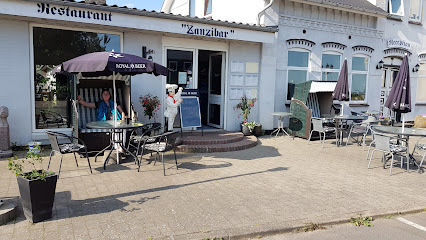
Restaurant Diget
7.4 km
Experience Rømø’s top fine dining, casual buffet, and unique leisure offerings under one roof, all set within the relaxed island atmosphere of Havneby.

Havnekiosken Rømø
7.4 km
Iconic harbour-side eatery in Rømø serving fresh seafood, Danish grill classics, and local specialties with harbour views in laid-back island style.
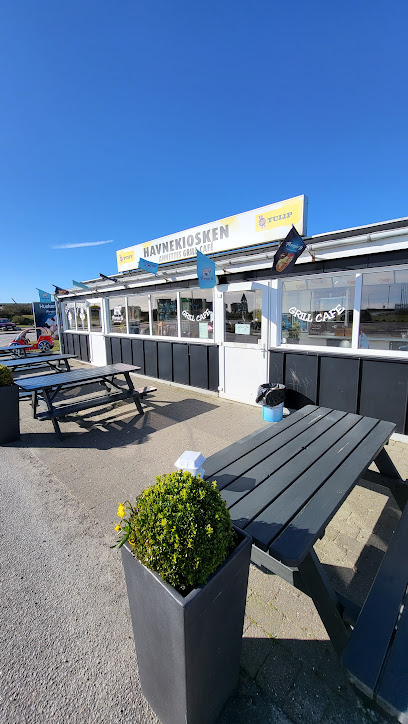
Otto & Ani's Fisk
7.4 km
Harbourfront seafood restaurant and fishmonger blending North Sea tradition and local atmosphere, renowned for fresh Danish delicacies and scenic marina views in Havneby.
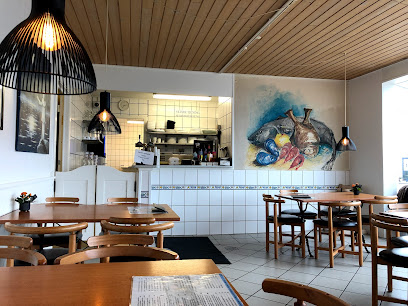
Frankel 5
7.4 km
Experience modern European cuisine with local flavors at Frankel 5 in Rømø - A culinary gem that delights every palate.
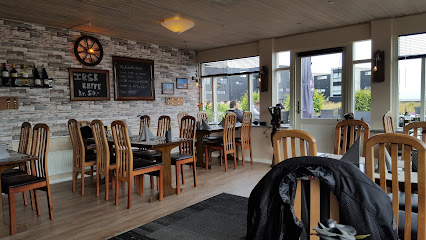
Restaurant Marsk
13.3 km
Savor Nordic-inspired cuisine with panoramic views of the Wadden Sea at Restaurant Marsk in Skærbæk.
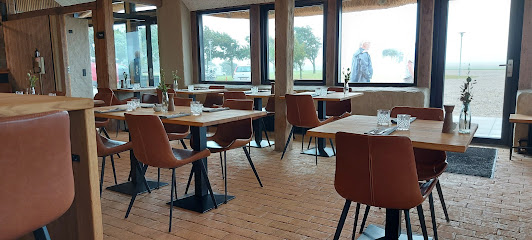
Café Retro Brøns Kro
13.4 km
Discover Café Retro Brøns Kro in Skærbæk: A delightful blend of traditional Danish cuisine and vibrant atmosphere awaits.
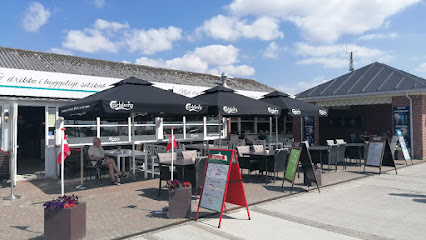
KlitHus Mandø
13.7 km
Experience timeless Danish hospitality at KlitHus Mandø—a cozy hotel and restaurant set amid Mandø’s tidal landscapes in the heart of the Wadden Sea National Park.

Markets, malls and hidden boutiques
Cafe Hattesgaard
1.2 km
Atmospheric café-meets-antique emporium set in a historic farmhouse on Rømø, known for legendary cakes, local hospitality, and one-of-a-kind vintage finds.

By Vicky
2.2 km
Discover Danish island style and boutique shopping at By Vicky, an inviting clothing store in Rømø's lively Lakolk Butikscenter near the legendary west coast beaches.
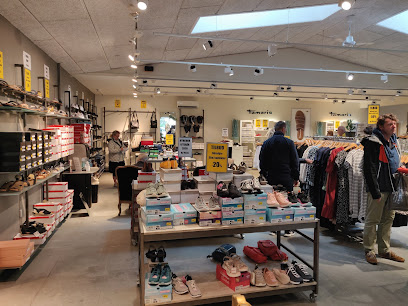
Rømø Lys
2.2 km
Creative candle making and Danish souvenirs in a welcoming Lakolk store, blending hands-on tradition and local charm on the scenic island of Rømø.
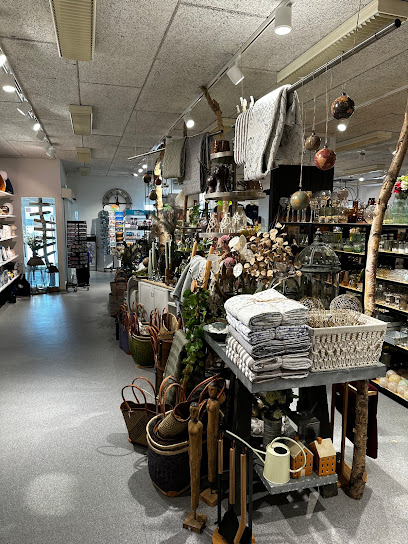
Metropolis Drachen
2.2 km
Discover Rømø’s legendary kite shop, Metropolis Drachen, where wind, colour, and creativity unite on Denmark’s breezy North Sea coast.
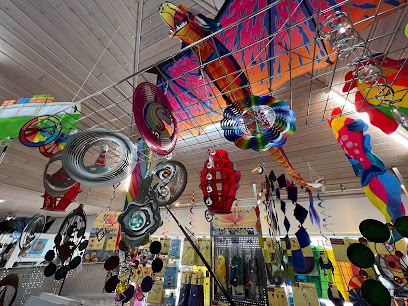
Rømø Bolsjeri og Ishus
2.3 km
Watch traditional Danish candies being crafted by hand and enjoy creamy ice cream at Rømø Bolsjeri og Ishus in Lakolk, steps from the island's wildly popular beach.
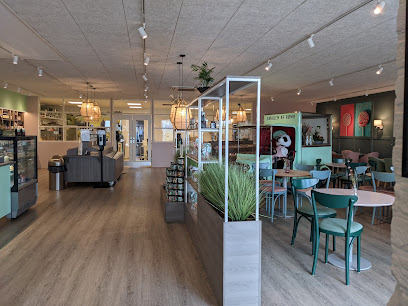
Butik Rømø
2.3 km
Charming toy, airsoft, and kite shop in Rømø’s Lakolk Butikscenter, popular for hands-on displays, family fun, and gear inspired by the island’s beaches and breezes.
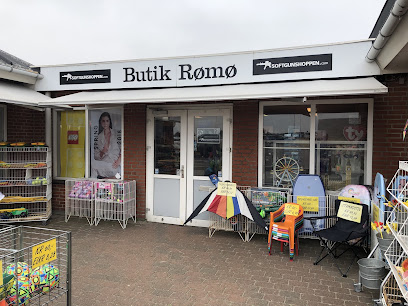
Lakolk Butikscenter
2.3 km
Experience lively coastal shopping, local flavors, and community events at Lakolk Butikscenter, the vibrant heart of Rømø by the Wadden Sea National Park.

Ib's Gavecenter v/Mona Pedersen Ib
2.4 km
Discover a delightful array of Danish souvenirs, coastal crafts, and heartfelt gifts at Ib’s Gavecenter, set in the bustling Lakolk Butikscenter on scenic Rømø.
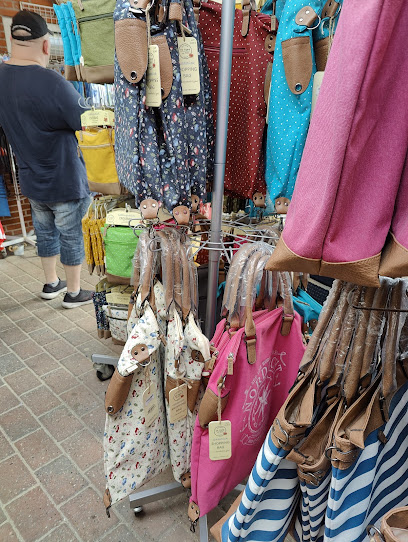
Rømø Bageriet
6.2 km
Beloved Rømø bakery serving traditional Danish breads, pastries, and local treats in a cozy, friendly setting at the heart of Havneby.
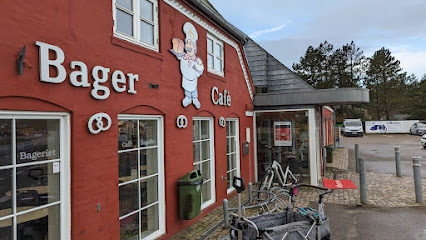
Coop Dagli'Brugsen Rømø
7.2 km
Rømø’s central hub for groceries, fresh baked goods, and Danish essentials—serving locals and island visitors from early morning till evening in Havneby.
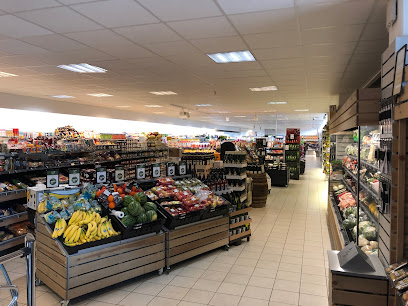
Rømø Cykler & Legetøj
7.3 km
Rømø Cykler & Legetøj offers bicycle rentals, repairs, kites, and toys in Havneby, serving as the island’s hub for active exploration and family fun year-round.
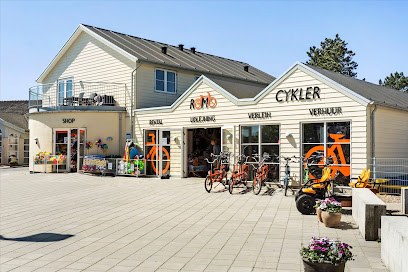
Skansen - Café & Kaffebar
7.3 km
Charming waterfront café and ice cream bar in Havneby, Rømø, offering artisanal ice cream, quality coffee, and a relaxed seaside setting steps from the ferry port.

Sønderho Gårdbutik
23.5 km
Discover authentic Fanø farmhouse flavors and island produce at Sønderho Gårdbutik—a rustic farm shop brimming with local treats, homemade goods, and rural Danish charm.

Det Gamle Apothek
24.7 km
Experience the nostalgia of Ribe’s 17th-century apothecary, now a magical boutique packed with traditional Danish sweets, handmade crafts, and festive Nordic décor.

Den Lille Ravbutik
24.7 km
Discover the magic of Danish amber at Den Lille Ravbutik, Ribe’s boutique jewelry destination for handcrafted keepsakes and authentic Baltic treasures.
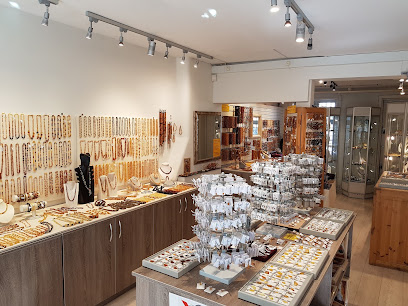
Essential bars & hidden hideouts
Marskdestilleriet
1.3 km
Experience handcrafted Danish spirits at Marskdestilleriet in Rømø, where tradition meets innovation in distillation.
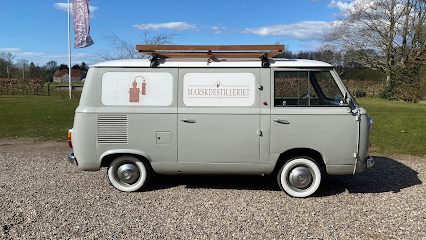
Cafeteria Lakolk
2.4 km
Cafeteria Lakolk offers hearty Danish classics and seaside hospitality at the gateway to Rømø’s windswept Lakolk Beach, blending nostalgia with local flavor.
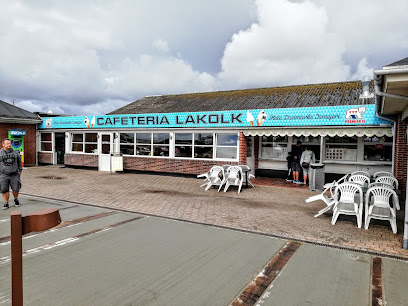
Enjoy Resorts Rømø
7.4 km
Modern spa and golf resort blending Scandinavian design, wellness experiences, and family-friendly leisure at the heart of Rømø’s nature-rich island landscape.
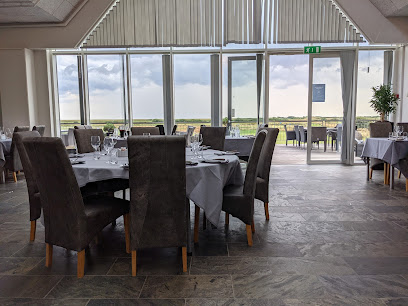
Cafe Nanas Stue
22.3 km
Charming, historic café in the heart of Fanø, serving regional Danish dishes, homemade cakes, and signature hygge in a classic thatched-roof setting.
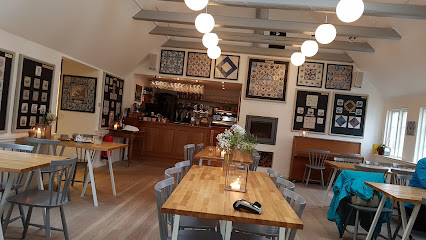
Klubben 1811
24.5 km
Experience true Danish hospitality and community spirit at Klubben 1811, Ribe’s lively and historic local bar in the heart of Denmark’s oldest town.
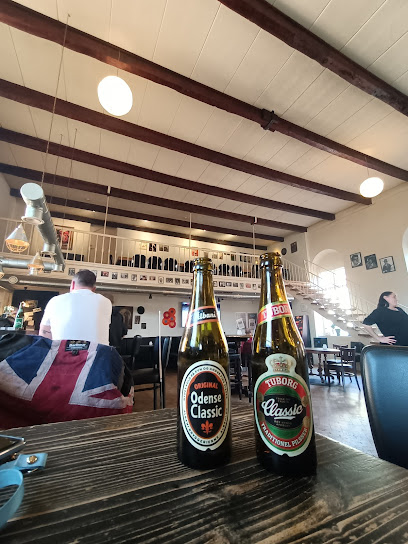
Stenbohus
24.6 km
Experience the historic charm and vibrant atmosphere of Stenbohus, Ribe's beloved tavern offering live music and local brews.
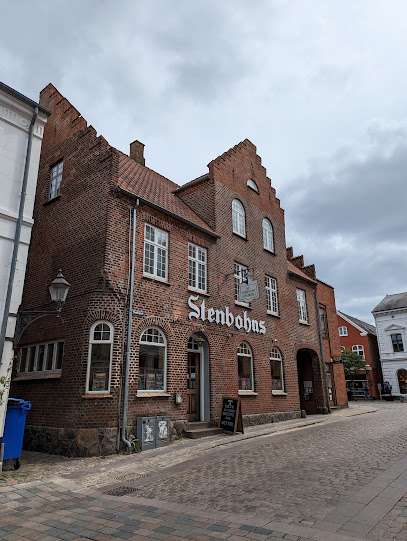
Strygejernet
24.6 km
Experience the authentic pulse of Ribe at Strygejernet, a cherished local bar in Denmark’s oldest town, offering lively nights, live music, and friendly faces.

Kabyssen
31.7 km
Kabyssen is Fanø’s cherished gathering spot, blending maritime nostalgia, friendly locals, and affordable drinks in a cozy setting at the heart of Nordby.
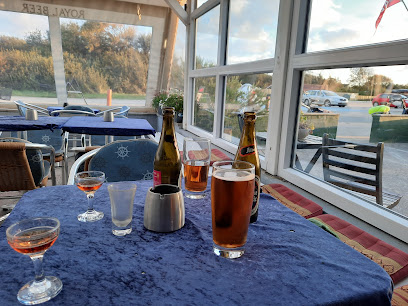
VadeMad
33.2 km
VadeMad is a lively Nordby eatery blending Fanø’s maritime heritage with seasonal Nordic cuisine beside the island’s iconic brewery.
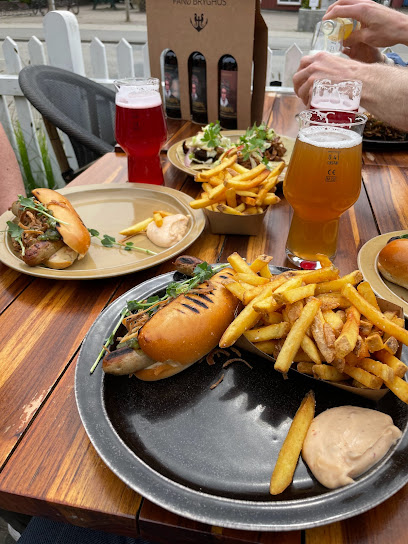
Hjørnekroen
34.1 km
Quintessential Danish inn experience in the heart of Nordby on Fanø, offering warm hospitality, hearty local fare, and a rich sense of island tradition.
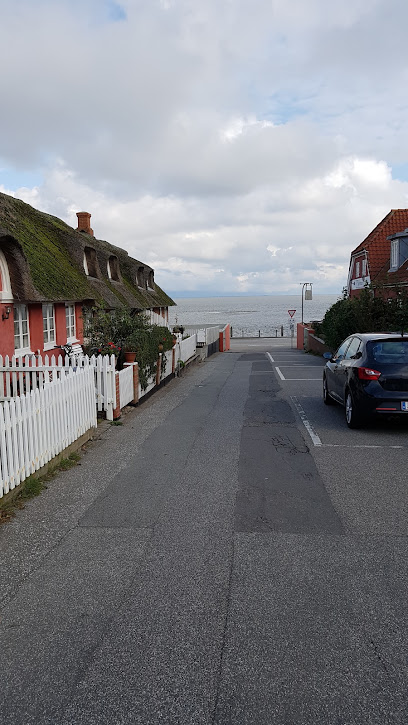
Dokken City Beach
35.0 km
Experience Esbjerg's harbor transformed into a vibrant beach retreat with cocktails, games, and cultural events.
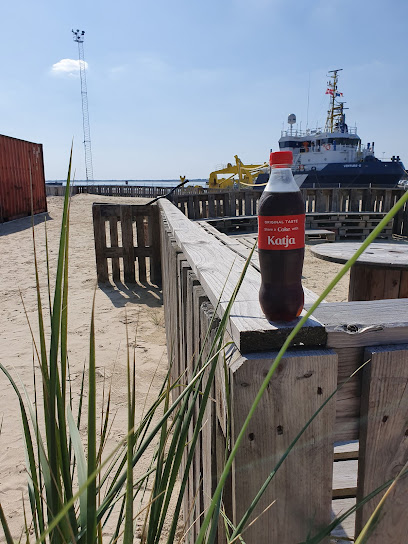
SoHo - Bar & Cocktails
35.4 km
Stylish cocktails, welcoming atmosphere, and a touch of urban buzz await in Esbjerg’s lively center at SoHo Bar & Cocktails, a top choice for classic and creative drinks.

Bjælkehytten - En Vestjysk BierBar
35.5 km
Bjælkehytten in Esbjerg offers classic West Jutland hospitality, a rustic log cabin atmosphere, and a diverse selection of beers in the city’s vibrant nightlife district.
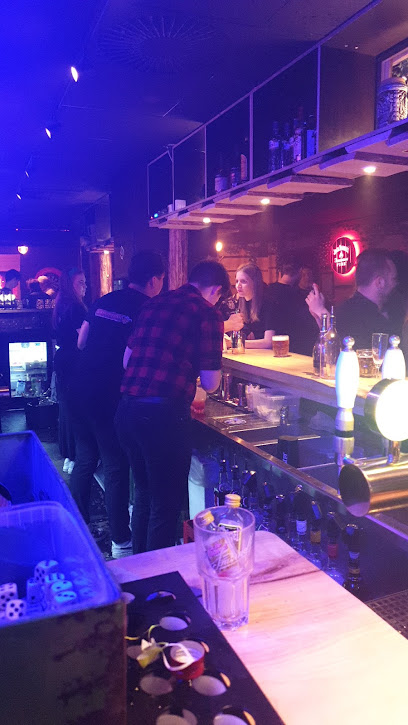
King George
35.5 km
Experience Esbjerg’s welcoming beer hall tradition at King George—an atmospheric bodega where locals and travelers mingle over affordable drinks and lively conversation.
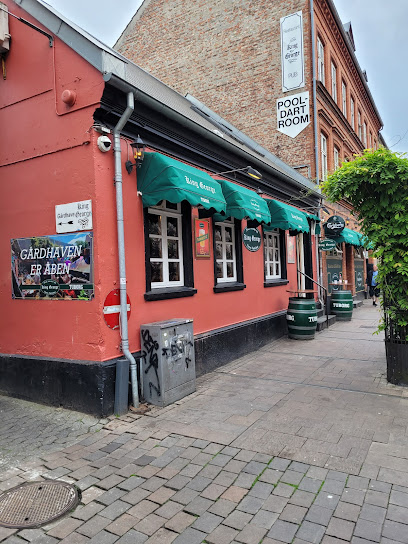
Kasket Karl
35.5 km
Experience Esbjerg's vibrant nightlife at Kasket Karl, where local charm meets contemporary flair in a lively bar setting.




